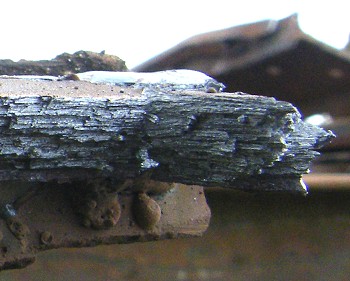Welding Wrought Iron
Most Wrought Iron isn't real wrought iron - gates and railings are normally shaped mild steel. Wrought means the production method not the shape.
There is very little new real wrought iron. The only place in the world that still makes proper wrought iron is The Real Wrought Iron Company in Thirsk, Yorkshire.
Wrought Iron bends better than mild steel and is very corrosion resistant - it hardly rusts. 100 year old bridges and old railway stations are still standing because they are made from proper wrought iron.
Wrought Iron consists of layers of slag interlaced with almost pure Iron.
Therefore if you are welding the surface you will be welding pure iron which is easily done. There is strong possibility that you will get lamellar tearing (pulling the layers apart) but its difficult to avoid so it has to be accepted.
If you are welding “through the thickness” you are trying to weld slag which is virtually impossible without getting porosity or cracks.
If the weld doesn't need to be “perfect” a 6013 will do an acceptable job.
If you need a porosity free weld you must use a 7016 type rod and weld, grind back to clean metal, weld again, grind again. Eventually you will get a weld of acceptable appearance, metallurgically it wont be sound but it will probably be stronger than the wrought iron.


